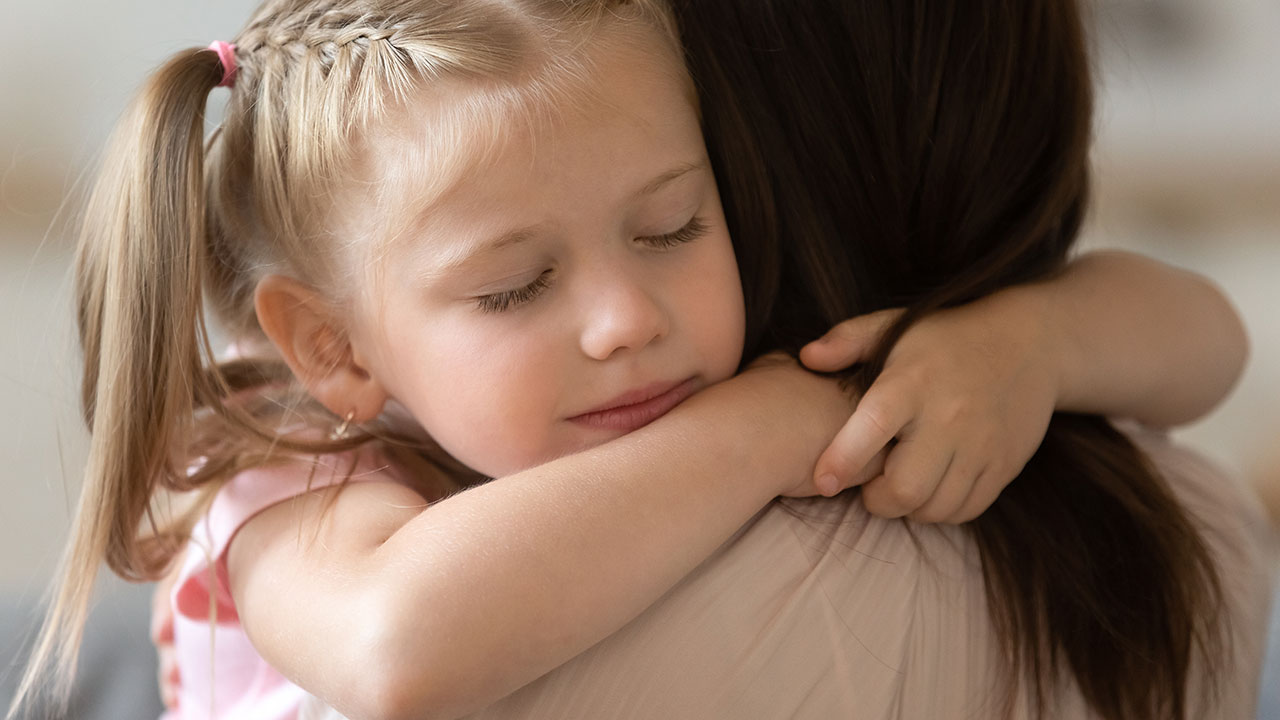
The Different Types of Guardianship of a Child in California
The question of who is responsible for a child’s well-being is often a thorny one.
Obviously, the priority is to keep children with his or her parents, but what happens when parents are deceased or unable to care for a child properly?
The state of California has several options for caring for children in the case of incapacitated parents, including guardianship.
However, the term guardianship is often confused with other types of care, such as adoption or custody, and there are many types of guardianship of a child for people to navigate.
Here is your guide to guardianship and how to establish it in California.
What is a Legal Guardianship of a Child?
A legal guardianship is an arrangement in which a guardian, instead of a parent, is awarded the legal rights and the accompanying responsibilities to decide a child’s future until the child turns 18. Usually, the guardian is a close relative or family friend.
What Are the Types of Guardianship of a Child?
There are several types of guardianship a court can award for a child. Most guardianships fall under the umbrella of guardian of the person, which comes with the same responsibilities as custody. Someone with guardianship of the person has to provide food, shelter, medical care, and other basic needs to the ward, or child under guardianship.
By contrast, guardians of the estate are only responsible for a child’s financial assets. Very few children have guardians of the estate as these are only appointed for children who inherit substantial amounts of money or property. The guardian of the estate manages the ward’s financial assets until the ward turns 18.
There are several types of guardianships of the person. Informal guardianship happens without any courts and is when a parent or friend allows a child to live with them while the parents are temporarily incapacitated.
The guardian has few legal rights and responsibilities, even after filling out an informal caregiver’s authorization affidavit.
Another, more legally sound form of short-lasting guardianship is temporary legal guardianship. A temporary legal guardian acts as the child’s legally responsible adult if both parents will be incapacitated for a limited time.
For example, if they are serving short prison sentences. The goal is to transfer custody back to the parents when they are fit to care for their children again.
Finally, there is permanent guardianship of a child, which grants a guardian all the rights and responsibilities that a parent has until a ward turns 18. Courts only award this guardianship if parents are nearly permanently incapacitated.
Have questions about this topic?
Connect with us today.
Woodman Garcia-Sepulveda Law (WGS Law) is a family law firm with more than twenty years of experience helping clients go through the difficult process of divorce in California since 1988.
How Is a Guardianship Different from Adoption?
In many ways, guardianship is similar to adoption because someone who is not the child’s biological parent is responsible for them. The responsibilities of a guardian are also identical to the responsibilities of a custodial parent or adoptive parent. However, there are a few significant differences between the two.
Permanent legal guardianship lasts longer than temporary legal guardianship, but it actually does have an expiration date—the child’s 18th birthday. After a ward turns 18, the guardian does not have any legal responsibilities, but an adoptive parent does. Adoptive children have legal rights even as adults, including the right to inherit, but wards do not unless the guardians put them explicitly in their will.
Related Law Article:
Guardianship also allows the parents to retain some parental rights. If the parents regain fitness and want to regain custody, they can apply for the guardianship to be rescinded in court. However, adoption is permanent, and biological parents permanently give up any rights they may have had.
Many family members opt for guardianship because they hope the parents, whom they also love, will be able to take care of their children again.
The state of California often prioritizes guardianship because it makes it easier to keep children with their families and community, hopefully minimizing the trauma of not being able to be with their parents for whatever reason.

How Long Does It Take to Get Custody of a Child in Foster Care?
In the state of California, social workers are required to conduct an investigation within 30 days of a child entering foster care to find a family member or close friend to take custody. A potential guardian can also request emergency placement of the child. Clearing the emergency placement process completely usually takes 90 days (although courts may approve placing the children in care earlier while the process is ongoing).
How Do You Apply for Guardianship?
To get guardianship of a child, the first step is to file a petition for appointment of guardianship of a minor. Along with the petition, you will attach several required attachments, including the Child Information attachment. There are several other forms you also need to fill out, such as the notice of hearing and the duties of guardianship. It’s recommended to have a professional review the forms and to reproduce them in triplicate.
Once you submit all of your forms to the court clerk and pay the filing fee (or get a fee waiver), you will get copies returned to you with a filed stamp. Then, you need to give notice through someone else to people and agencies who need to review your application, such as the person with current custody of the child. Get a signed consent or waiver of notice form when necessary.
Then, you need to prepare for the court investigation, which will include several steps, including a home study before the hearing. After the hearing, you can finally get guardianship.
This is a simplified version of a very complicated, high-stakes process, so it’s best to seek out professional legal help.
How Do You Obtain a Grandchild’s Guardianship?
If you want to become the guardian of your grandchild, you will have to go through the process listed above. The guardianship application process is very similar regardless of the relationship between the guardian and the prospective ward and will include mandatory notification periods and court appearances.
Guardianship of a child in the state of California tries to minimize the trauma of losing parents for whatever reason by placing children with relatives or community members. However, the process is still thorough to protect children as much as possible. To get started on the process and have the best chances of success, contact WGS Law and schedule a virtual consultation via Zoom.
Subscribe to our Newsletter
Flora Garcia-Sepulveda
Latest Posts
Custodial Interference in California: Complete Legal Guide
Custodial interference is a serious issue that can disrupt family life and strain parent-child relationships. In California, it is governed by strict laws...
Understanding the Crucial Role of a Domestic Abuse Lawyer
Domestic abuse lawyers play an invaluable role by providing victims with legal aid against abusive behavior. They aid in securing protection orders, guiding...
Legal Guardianship in California
Legal guardianship represents a significant responsibility that requires careful preparation and understanding of California\'s legal requirements. The...


